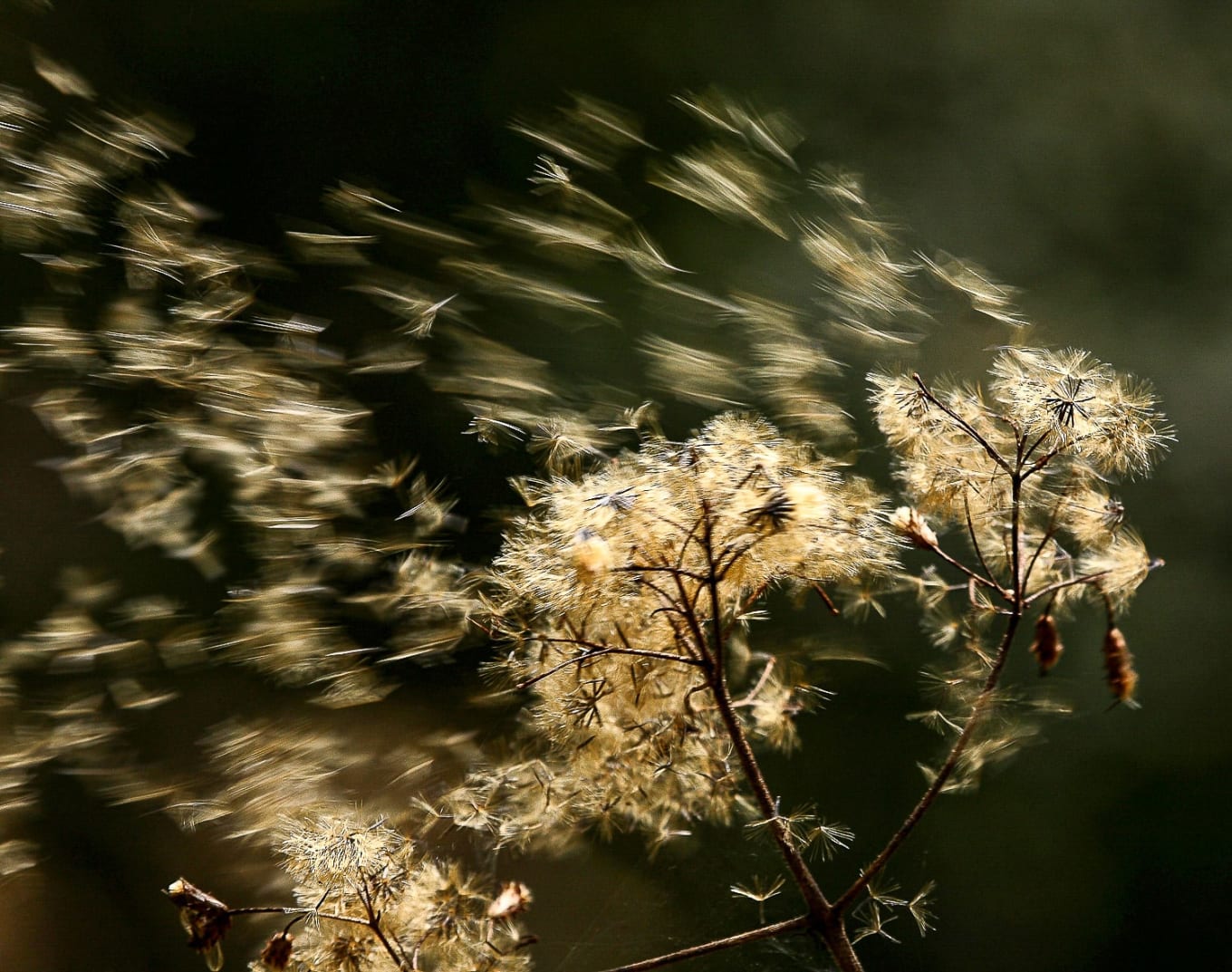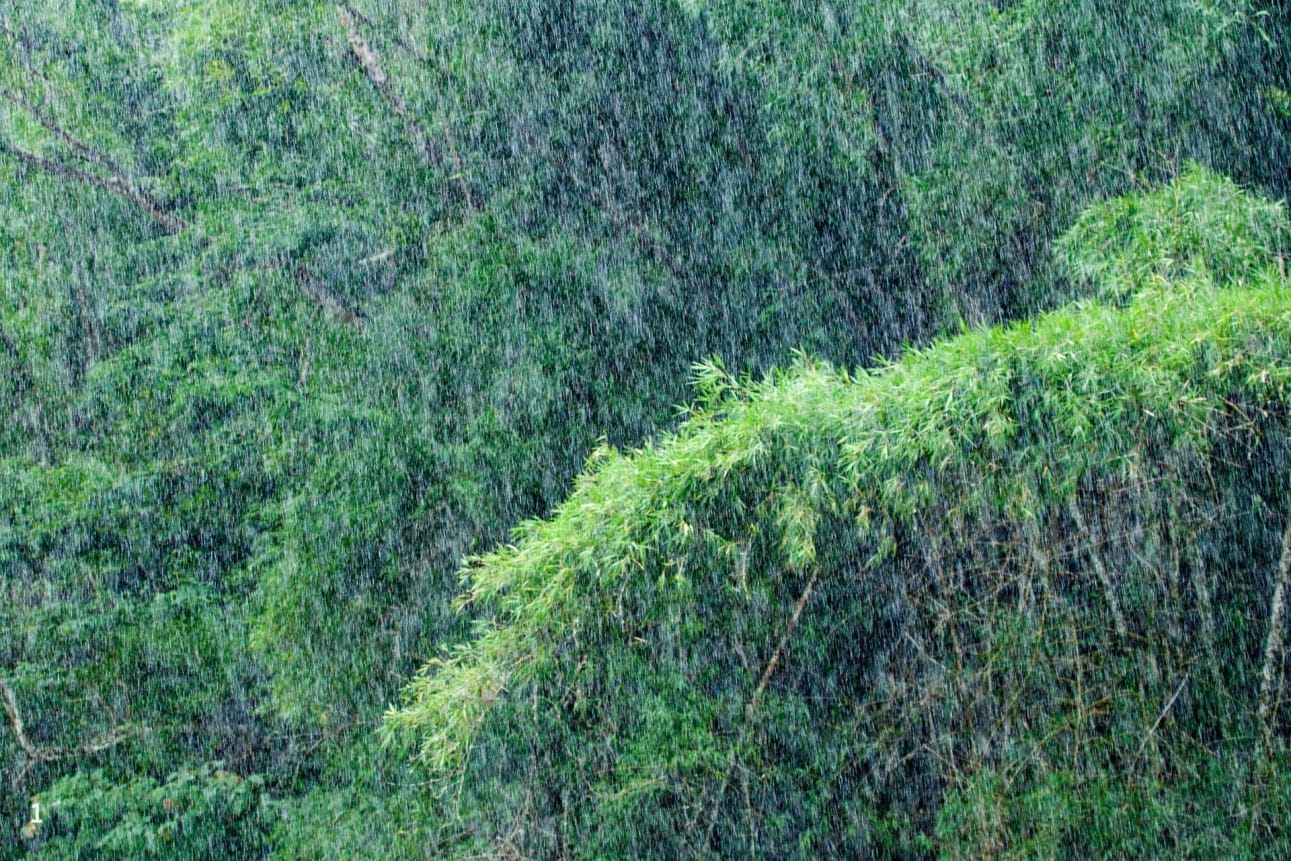 Listen to this article
•
15:34 min
Listen to this article
•
15:34 min
In 2024, "brain rot" was named the Oxford word of the year — a fitting reflection of our increasingly digitally saturated lives. Frequent notification sounds, eyes endlessly scrolling, and the knee-jerk response to experience everything through a lens have become second nature. Our existence is now so intertwined with digital devices that imagining life without them feels almost impossible.
Earlier this year, however, I had the chance to step away from this digital deluge during a week-long survey in Kerala’s Periyar National Park. Staying in the no-network zone of the protected area rendered my Internet and digital devices silent. Travel to the remote field station located in the park’s Thanikudy section involved off-road driving, rowing through the Periyar River, and a short hike. It was a gradual transition from digital civilisation to complete network disconnect. What began as an unplanned digital detox soon turned into an active sensory exploration. At first, disconnecting felt as unnatural as it sounds. Yet, as the days passed, my initial unease at leaving connectivity behind gave way to anticipation, and I began to engage more deeply with my surroundings. As I traversed the landscape, the world unfurled not through a screen, but through my senses. This medley of sensory experiences hinted at a possible antidote for our digitally immersed lives.
Cover photo: A deep, musky scent emerges from the leaf litter on forest paths as sunlight streams through the canopy of Kerala’s Periyar National Park. Photo: Arjun Srivathsa
Each day involved walking a transect of around 12 km, winding through the park’s forests and shola grasslands. Instead of immediately reaching for my phone to capture a scenic vista, I made a conscious effort to simply immerse myself in it. The forest revealed the intricate fractal patterns in the trees and a variety of barks, many of them laced with basket ferns. Grass on either side of the trail shimmered with funnel-web spider webs; their silken threads jewelled with dewdrops that glistened in the morning light.
As we continued walking, dense forest patches gave way to breathtaking contours of rolling hills. The sholas displayed a gradient of greens, punctuated by hints of red and brown. Wherever I looked, the hills appeared as a creased tapestry — grassy expanses interwoven with woody vegetation. I was often captivated by the interplay of light and shadow that gave a magical quality to the landscape. The sunlight filtering through the canopy created ethereal visuals, while partially cloudy skies in the open sholas illuminated grassy hilltops and silhouetted forest patches. But the visual splendour of Periyar was only the beginning; soon, my ears and nose would join in this rediscovery of presence.
The trail often led us into dense patches of tall Themeda cymbaria grass. Enveloped by these towering blades, my view blocked, I shifted my attention to other senses. I listened to the gentle susurration of the blades of grass and felt their sharp edges brush against my skin. Gradually, I became attuned to the symphony of the forest — the crunching dried leaves beneath my shoes, the reverberations through the ground sent by the motion of a startled gaur, the gentle murmur of a stream cross-fading with rustling leaves.
At the stream, I balanced on jutting rocks, navigating the crossing with a few splashes and thuds. Dragonflies buzzed around me while frogs croaked in chorus. High in the canopy, racket-tailed drongos mimicked the calls of other birds. In the distance, the distinct laugh-like call of the Malabar grey hornbill mingled with the occasional rattling cry of an Indian giant squirrel echoing through the foliage.

When a teammate caught a cold, it prompted me to engage my sense of smell as well. The morning air was filled with a mix of misty freshness. Herbal notes from the surrounding vegetation often mingled with the earthy aroma of damp soil. My nose became alert to any scent that might signal the presence of animals. Sometimes, a waft of basmati rice-like fragrance from a nearby tree, indicating a tiger’s urine spray mark, elicited equal parts excitement and caution. Our smelly speculation was often confirmed by locating a tiger pugmark nearby. While ascending the sholas, the wind blowing through the interspersed grass and bare rocks occasionally brought another distinct odour — the scat of a pack of dholes. The climb would get steep at times, and the glare of the sun peering through the shifting clouds would intensify the exertion. The sounds of my heavy breath and heartbeat would blend with the unhindered wind offering a cooling respite.
The week passed swiftly as I tried to etch every sensory detail into my memory — a counterbalance to my inevitable return to the digital world. Part of me longed to extend this period of disconnection. Yet, I realised that one doesn’t need to escape to Periyar or cut off from technology entirely to rediscover life beyond screens. The counter, I discovered, is not escape, but attention and mindful presence even in small moments. The antidote to “brain rot” perhaps lies in simpler acts: admiring semal and amaltas blooms or gulmohar trees ablaze with colour while on a walk; listening to the cheerful chirps of bulbuls; watching sunbirds frolicking from the window; or just savouring the aroma of filter coffee or adrak wali chai.









